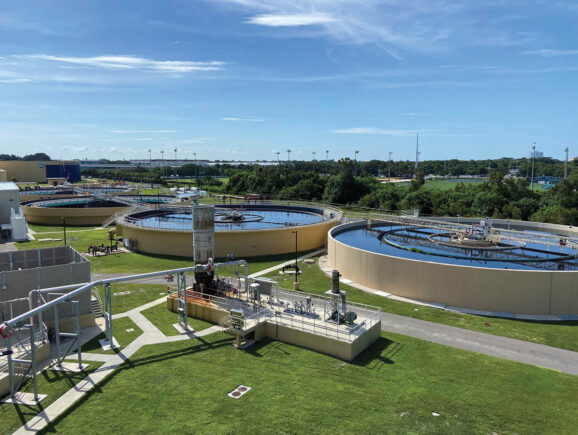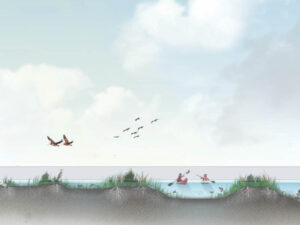Coastal Resiliency: Rebuilding Critical Marshes in Louisiana
Climate change is associated with sea level rise, warmer ocean temperatures, more intense hurricanes and highly variable storm events. Coastal communities, both small and large, rural and urban, are becoming increasingly vulnerable to coastal flooding, storm surge, land loss and more frequent natural disasters.
Freese and Nichols has a long history of protecting water supply across Texas and the Southeast U.S. We also have a long history of protecting the livelihoods and quality of life for those who live close to the water, both upland and coastal. These coastal communities, along with the built and natural infrastructure that surround them, are the focus of our Coastal Resiliency Initiative. We are building on long-standing client relationships and projects for local, state and federal clients along the Gulf of Mexico and the East Coast.
While these projects range in size and services, they all focus on protecting our communities, assets and ecological systems.
“We want to take a more strategic approach to Coastal Resiliency at the firm,” Coastal and Waterways Integration Manager Tony Risko said. “Ultimately, we want to show that all of these projects are working together and enhancing each other to provide us a much bigger uplift with respect to coastal resiliency across the landscape of the Texas Gulf Coast and other regions of the Gulf Coast area.”
Whitney Broussard, a senior environmental scientist who leads our Lafayette, Louisiana, office agrees. “A holistic approach to coastal resiliency is key to project success,” he said. “You see this front-and-center in the Louisiana Comprehensive Master Plan for a Sustainable Coast. Synergy across the landscape is a prerequisite for project selection because we know that we’re working on problems and developing solutions that will benefit society for decades to come.”
To showcase coastal resiliency efforts that FNI is currently undertaking, we are highlighting projects that illustrate how we’re making a difference in the communities we serve. What you’ll find is a multidisciplined approach to project execution that leverages the full talent pool at Freese and Nichols. “It takes a unified team of planners, designers, engineers and scientists, with proper integration of public policy and stakeholder engagement, to get these kinds of large-scale efforts from idea to implementation,” Whitney said.
Upper Barataria Terracing Project in Louisiana
Freese and Nichols is currently leading the design of a 600-acre marsh terrace field in the shallow open waters of Upper Barataria
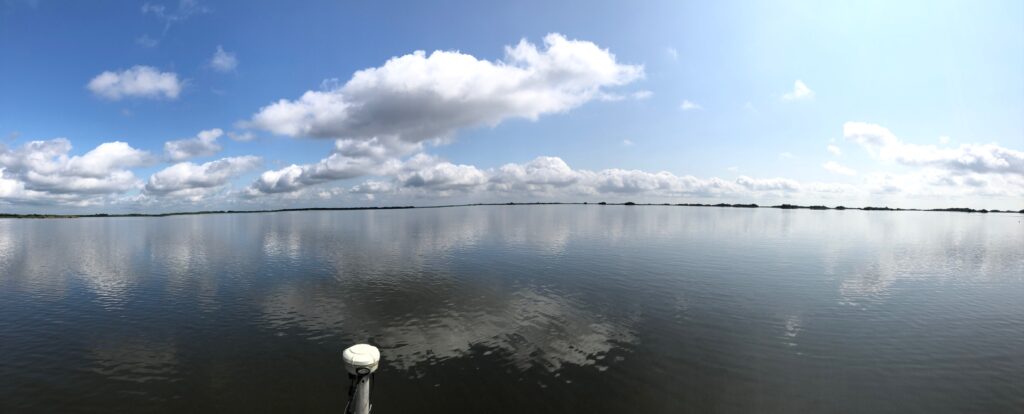
Basin in Jefferson Parish, which has experienced the highest rates of land loss in Louisiana and the United States as a whole. This once thriving salt marsh is now almost entirely open water, no longer providing the protective coastal services it did in the past.
Terraces are long-linear earthen berms that are built utilizing nearby on-site sediments. They are a cost-effective option to create wetland habitat by creating more edges between the water and land, which support diverse species of fish and wildlife, while reducing shoreline and interior marsh erosion due to wind-driven waves action. Terraces are like speed bumps that reduce wind generated wave forces and reduce shoreline erosion.
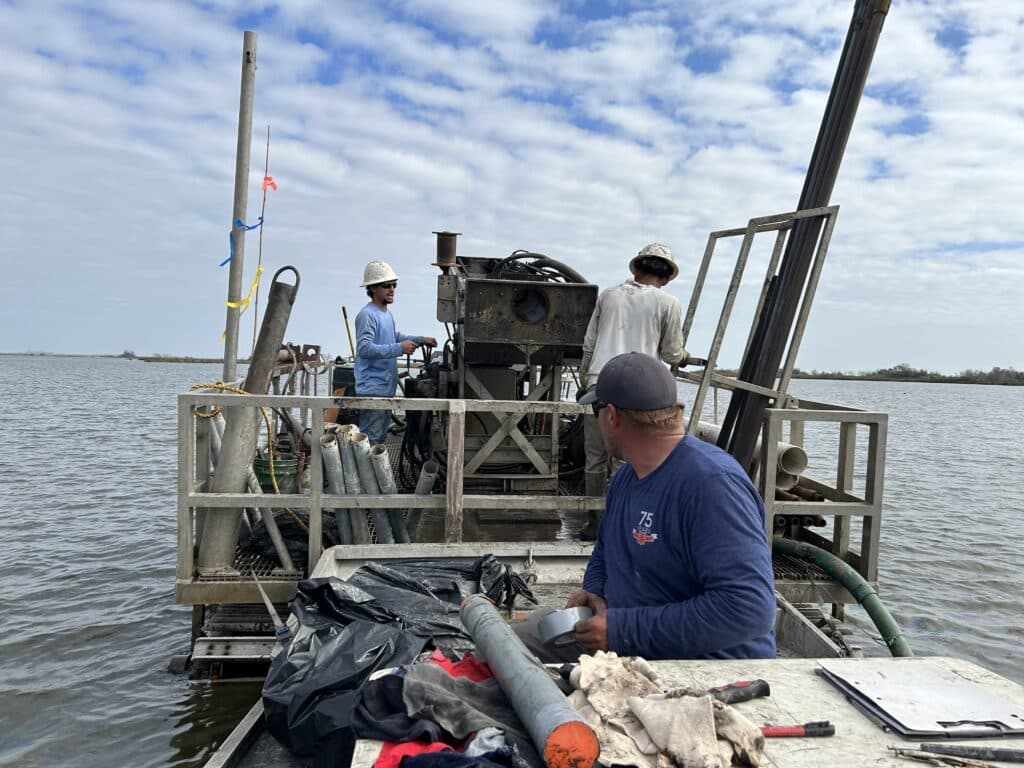
This project is part of Louisiana’s multiple lines of defense strategy and is being designed to enhance the Barataria Land Bridge, which is critical to Louisiana Coastal Resiliency. It also assists land building capacity of the Mid-Barataria Sediment Diversion currently under construction by Louisiana’s Coastal Protection and Restoration Authority (CPRA). Once the diversion starts doing its job, our project will help to catch sediments and build back the critical marshes that have been lost.
“The marsh terracing project is an amazing opportunity for Freese and Nichols to demonstrate to Jefferson Parish and Louisiana that we excel at developing successful grant applications as well as designing and constructing coastal resiliency projects,” Coastal Engineer Matt Salmon said.
Coastal marshes are critical to the way of life in Louisiana. The biodiversity they provide supports jobs for a multi-billion-dollar commercial fishing industry and recreation for the public.
Additionally, as one of the multiple lines of defense, robust marshes significantly reduce storm surge water elevations during tropical storms and hurricanes, protecting not only communities, but ports, oil and gas infrastructure, and the vibrant industrial sector that relies on safe harbor and access to the Gulf simultaneously.
“The Upper Barataria Terracing Project is a critical piece in establishing multiple lines of defense and integrating restoration efforts,” said Nina Reins, a senior coastal engineer who leads our New Orleans office.
“The coastal zone is exposed to many different challenges and each location is unique and suitable for different protection and restoration measures. The (terracing) project has many synergies with other projects, which combined, are enhancing the protection of the critical Barataria Land Bridge. The Upper Barataria Terracing Project is located immediately east of an existing terracing project and in the receiving basin of the Mid-Barataria Sediment Diversion. It also functions as a buffer for the Barataria Large-Scale Marsh Creation Project recently constructed by NOAA and complements long-distance sediment pipeline marsh creation and nourishment projects. When projects work in tandem like this, we can maximize the restoration benefits and the coastal protection outcomes.”
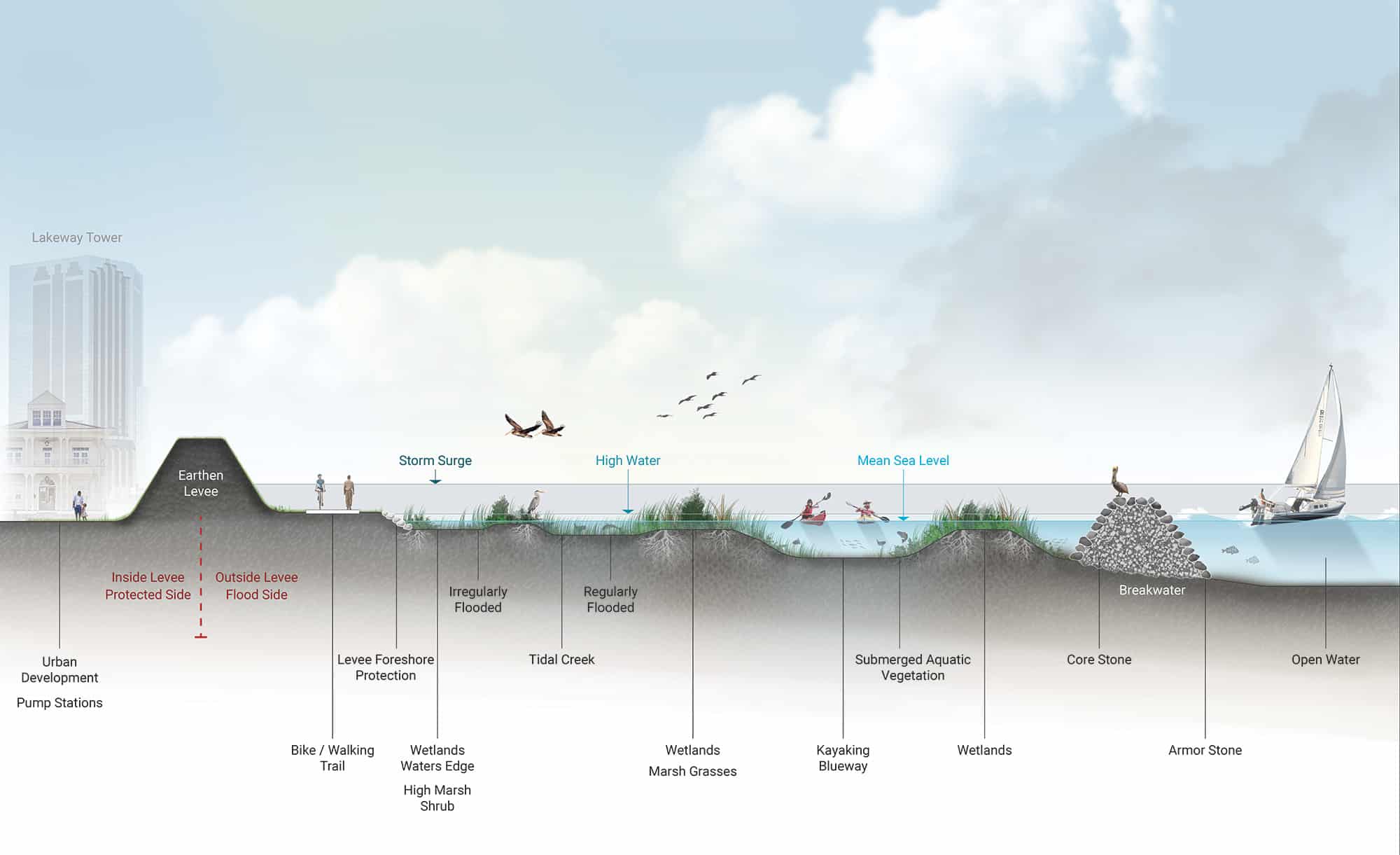
Rendering created by John Oliver
Coastal Resiliency Initiative
Freese and Nichols Coastal Resiliency Initiative aligns with our vision of making a positive impact on the world we inhabit. It’s also linked to our corporate responsibility structure, which aims for a balanced strategy towards community guardianship. This involves consistent evaluation of metrics, feedback from clients and employees, and ongoing examination of environmental and societal needs.
Our coastal clients and communities are dealing with a multitude of challenges such as erosion, rising sea levels, increased storm surges, and more frequent disasters. Our aim is to help them tackle these problems to ensure the safety of their residents and the protection of their assets.


